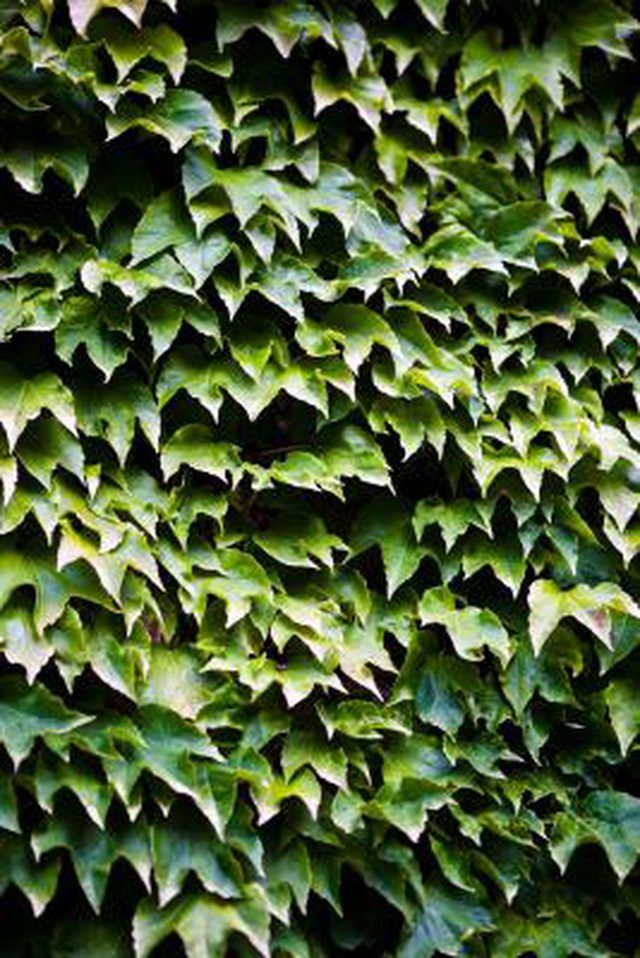Bulbs
Flower Basics
Flower Beds & Specialty Gardens
Flower Garden
Garden Furniture
Garden Gnomes
Garden Seeds
Garden Sheds
Garden Statues
Garden Tools & Supplies
Gardening Basics
Green & Organic
Groundcovers & Vines
Growing Annuals
Growing Basil
Growing Beans
Growing Berries
Growing Blueberries
Growing Cactus
Growing Corn
Growing Cotton
Growing Edibles
Growing Flowers
Growing Garlic
Growing Grapes
Growing Grass
Growing Herbs
Growing Jasmine
Growing Mint
Growing Mushrooms
Orchids
Growing Peanuts
Growing Perennials
Growing Plants
Growing Rosemary
Growing Roses
Growing Strawberries
Growing Sunflowers
Growing Thyme
Growing Tomatoes
Growing Tulips
Growing Vegetables
Herb Basics
Herb Garden
Indoor Growing
Landscaping Basics
Landscaping Patios
Landscaping Plants
Landscaping Shrubs
Landscaping Trees
Landscaping Walks & Pathways
Lawn Basics
Lawn Maintenance
Lawn Mowers
Lawn Ornaments
Lawn Planting
Lawn Tools
Outdoor Growing
Overall Landscape Planning
Pests, Weeds & Problems
Plant Basics
Rock Garden
Rose Garden
Shrubs
Soil
Specialty Gardens
Trees
Vegetable Garden
Yard Maintenance
Why Does English Ivy Die?
Why Does English Ivy Die?. English ivy is a vine grown as a background plant to accent other plants or to create ground cover in a garden. Dying English ivy turns brown and looks unattractive in a landscape design.

English ivy is a vine grown as a background plant to accent other plants or to create ground cover in a garden. Dying English ivy turns brown and looks unattractive in a landscape design.
Excess Water
Too much water is damaging for English ivy. Its root systems cannot receive oxygen if the soil is too moist or if the roots are in standing water, and the leaves of the plant will begin to turn brown and die. Excess water in the growing environment drowns English ivy.
Anthracnose
Anthracnose, or root rot, is a fungal disease that affects English ivy. It causes brown or black spots to form on the leaves of the ivy; these spots release spores that spread the anthracnose to other plants. Eventually, root rot kills English ivy. Remove affected English ivy from the garden to protect the rest of the plants.
Bacterial Disease
Bacterial diseases can also cause English ivy to die. Bacterial leaf spot affects the leaves of the English ivy, causing small black spots to appear and ooze as the bacteria spreads. It also affects the stem of the plants. This bacteria thrives in moist soil that does not drain water quickly.